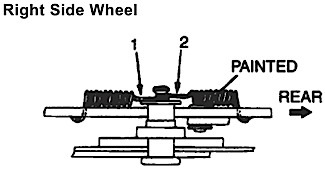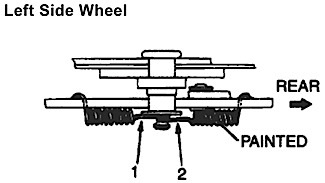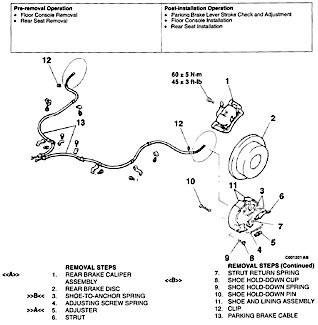Front Brakes



Front Brakes



As we enter 2024, strategic career planning is essential for success in the automotive repair industry.
As we’ve officially entered 2024, it’s time to strategically plan your career paths for the year ahead. Let’s dive into some actionable strategies to successfully navigate the automotive repair world.
For those of you eyeing promotions, hardcore planning is non-negotiable. Identify the skills you need that will help you advance, whether it’s specialized technical expertise or sharpened leadership skills. Being adaptable, learning new skills and honing your craft makes you an indispensable employee in the shop.
Resurfacing drums and rotors is a machining process with its own specific guidelines.

Oil type is just as important as oil capacity.

Steve Coffell, a technician at Auto World in Hazelwood, MO, says his Top 5 Favorite Tools are: Related Articles – Lisle Low Profile Fuel Line Disconnect – Dent Fix Soft-Shock Mallet DF-SM76 Reduces Damage – New ProMAXX Diesel Fuel Injector Seal Puller/Saver ProKits OTC Genisys Touch – Quick scan, bidirectional control Snap-on VANTAGE Pro
A wheel bearing that’s out of adjustment can reduce bearing life and can affect more than just the bearing. It’s important to adjust the wheel bearing endplay to the proper specifications. If the bearing set is adjusted too loose or too tight, it can cause the bearing to fail prematurely. There are a few types of assemblies, so using correct procedures and tools will ensure a comeback-free wheel bearing installation.

Interchangeable anvils are a feature on some new impacts.

We’re here to help you see all the tools, so you can invest wisely.

Multimeter accuracy is critical for EV diagnostics.

Scan tools serve as indispensable diagnostic hubs, offering access to a wealth of resources, from OEM technical bulletins to community-documented repairs.
